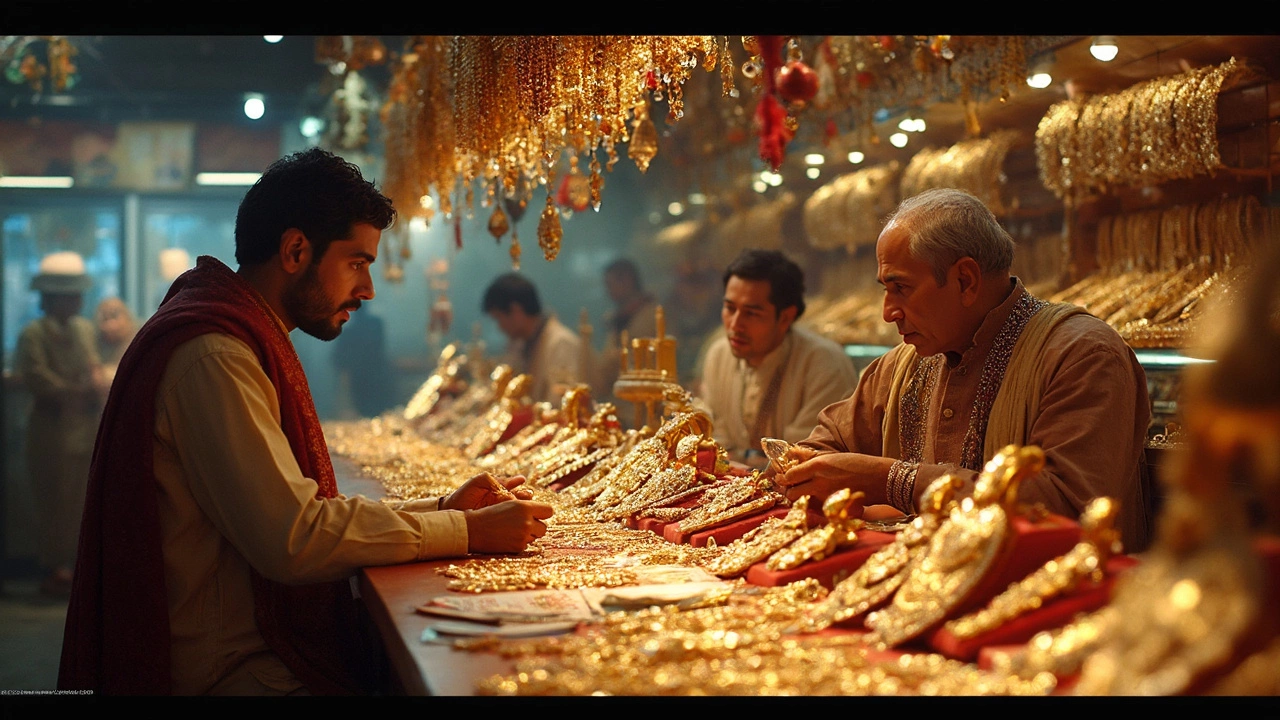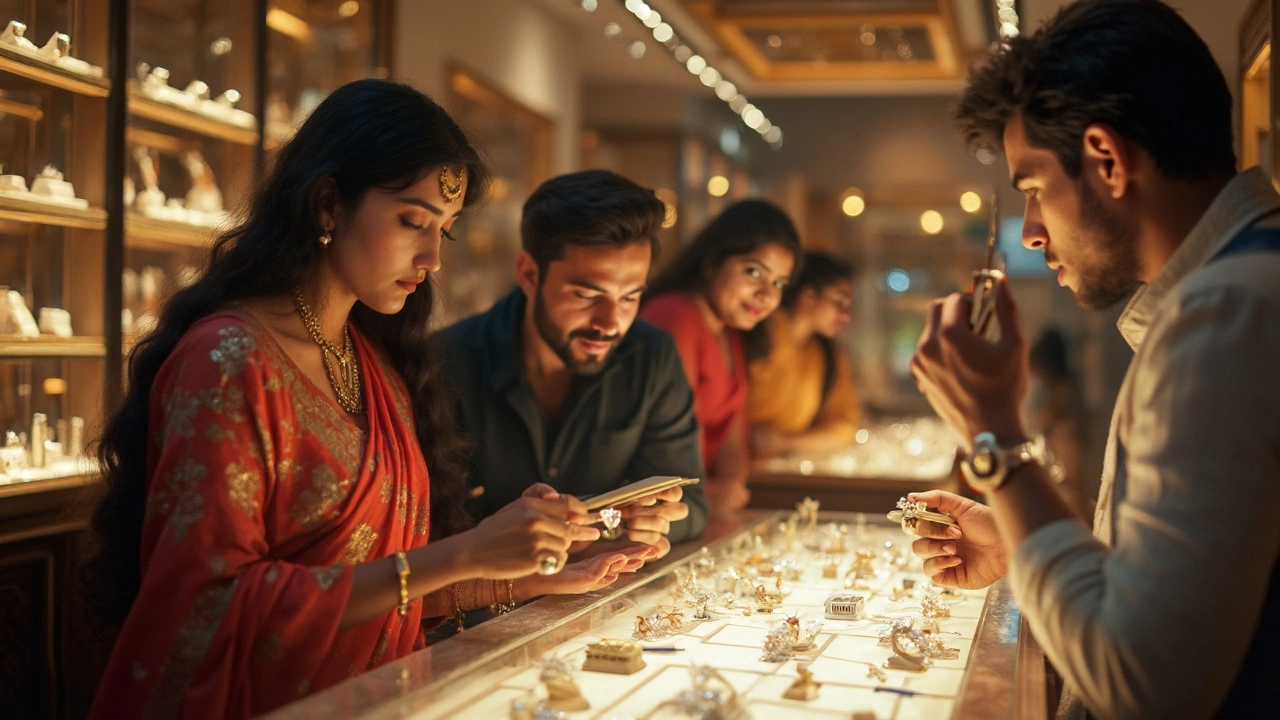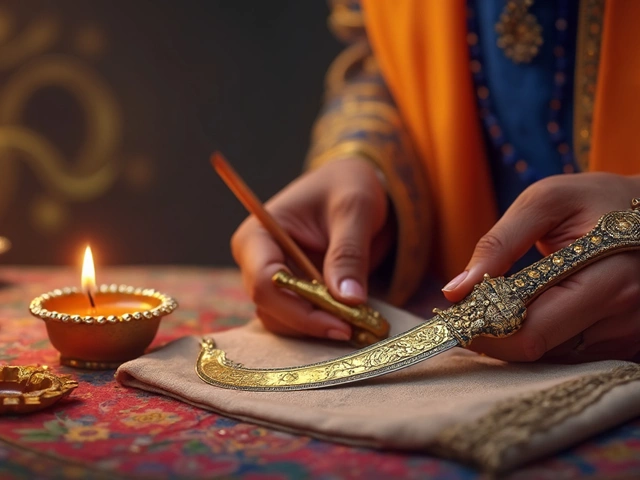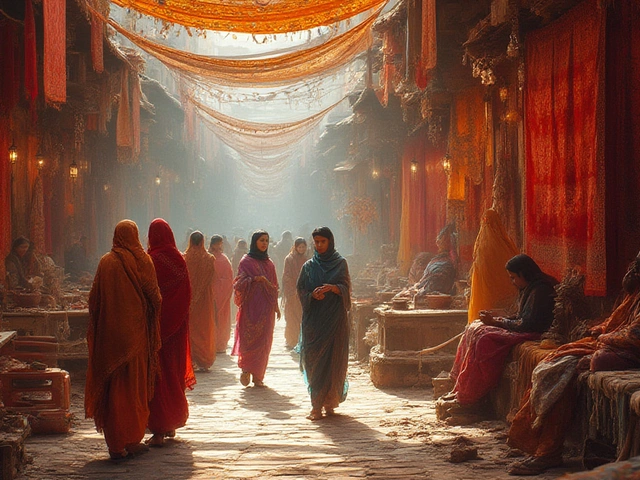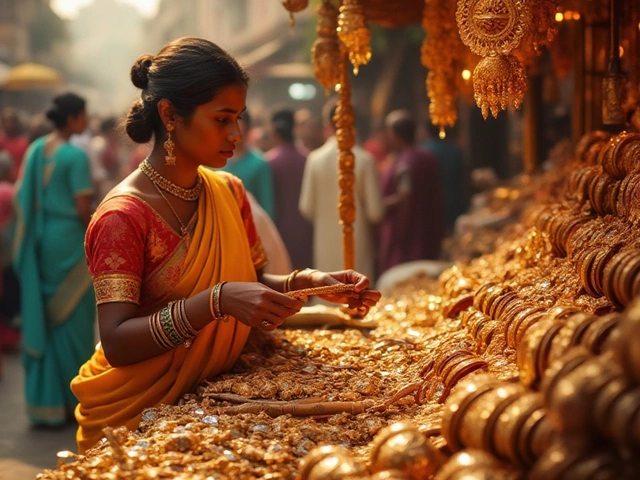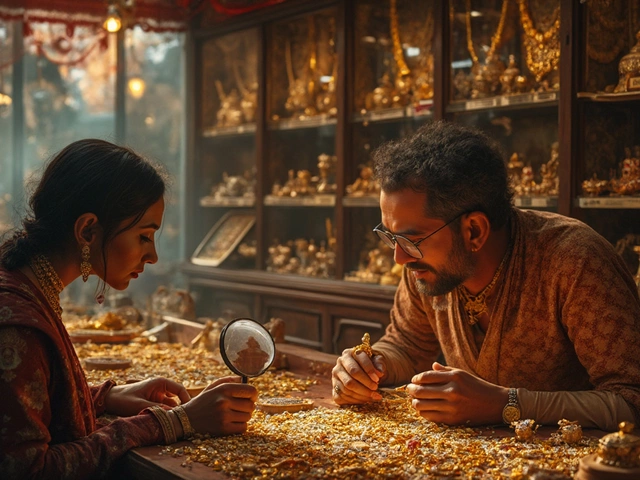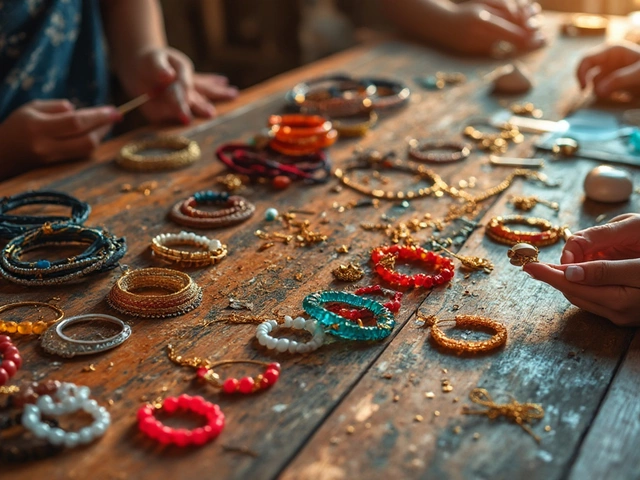Indian Diamonds – Everything You Need to Know Before You Buy
Ever wondered why Indian diamonds have a reputation for sparkle and value? You’re not alone. India’s diamond heritage stretches back centuries, and today the market offers a mix of traditional mines and modern cutting houses. This guide breaks down the essentials so you can shop with confidence.
First off, know the main sources. The most famous Indian diamond areas are the Panna mines in Madhya Pradesh and the historic mines around Surat, Gujarat. Panna supplies a good amount of small to medium stones, while Surat is a global hub for cutting and polishing. If a piece mentions "Panna origin" or "Surat cut," you can be sure it’s rooted in Indian expertise.
How to Spot Quality Indian Diamonds
Quality isn’t just about size. Look for the 4 Cs – cut, color, clarity, and carat – just like any other diamond, but pay extra attention to the cut. Indian cutters are known for precise symmetry, which gives the stone extra brilliance. A well‑cut diamond will throw light from the top, not the sides, and you’ll see that little fire when you move it under light.
Clarity is another tell‑tale. Many Indian diamonds have included‑free interiors, especially those from newer mines. Check the stone with a jeweler’s loupe; you should see clean surfaces with minimal internal flaws. As for color, most Indian diamonds fall in the near‑colorless range (G‑J). If you spot a slightly warmer hue, it might still be a great value, especially if the cut is sharp.
Buying Tips and Care for Your Indian Diamond
When you’re ready to buy, ask for a GIA or IGI certificate. Even though Indian labs are trustworthy, an internationally recognized grading report removes doubt. Also, verify the hallmark – Indian diamonds often carry a "DI" stamp or a Hallmark from the Bureau of Indian Standards.
Don’t forget to negotiate. Indian sellers typically price competitively, but a little haggling can shave off a few percent. If you’re buying online, read reviews, check return policies, and ensure the seller offers a secure packaging option for safe delivery.
After the purchase, caring for your diamond is simple. Clean it regularly with a mild soap solution and a soft brush. Store it separately in a soft pouch to avoid scratches from other jewelry. Avoid harsh chemicals and expose the stone to extreme heat only briefly, like when cleaning with a steam cleaner.
Lastly, think about the future. Indian diamonds keep their value well, especially when they’re certified and come from reputable sources. Pair your new gem with a classic setting – a solitaire or a simple halo – to maintain timeless appeal.
Now you have a clear picture of what makes Indian diamonds special, how to evaluate them, and the smartest way to bring one home. Happy shopping, and enjoy the sparkle that only Indian craftsmanship can deliver!
Bringing Diamonds from India to USA: Rules, Customs, and Insider Tips
Learn all you need to legally bring diamonds from India to the USA. Get step-by-step advice, avoid common mistakes, and keep your gems safe and legal.
Does India Sell Real Diamonds? What Buyers Need to Know
Are the diamonds sold in India really authentic? This article breaks down what you can expect when buying diamonds in India: how to spot real stones, what certifications matter, and how to avoid fakes. You'll get insider tips on checking quality and figuring out who the trustworthy sellers are. Learn what to look for, what to avoid, and how to make sure you're getting your money's worth if you're shopping for diamond rings in India.
